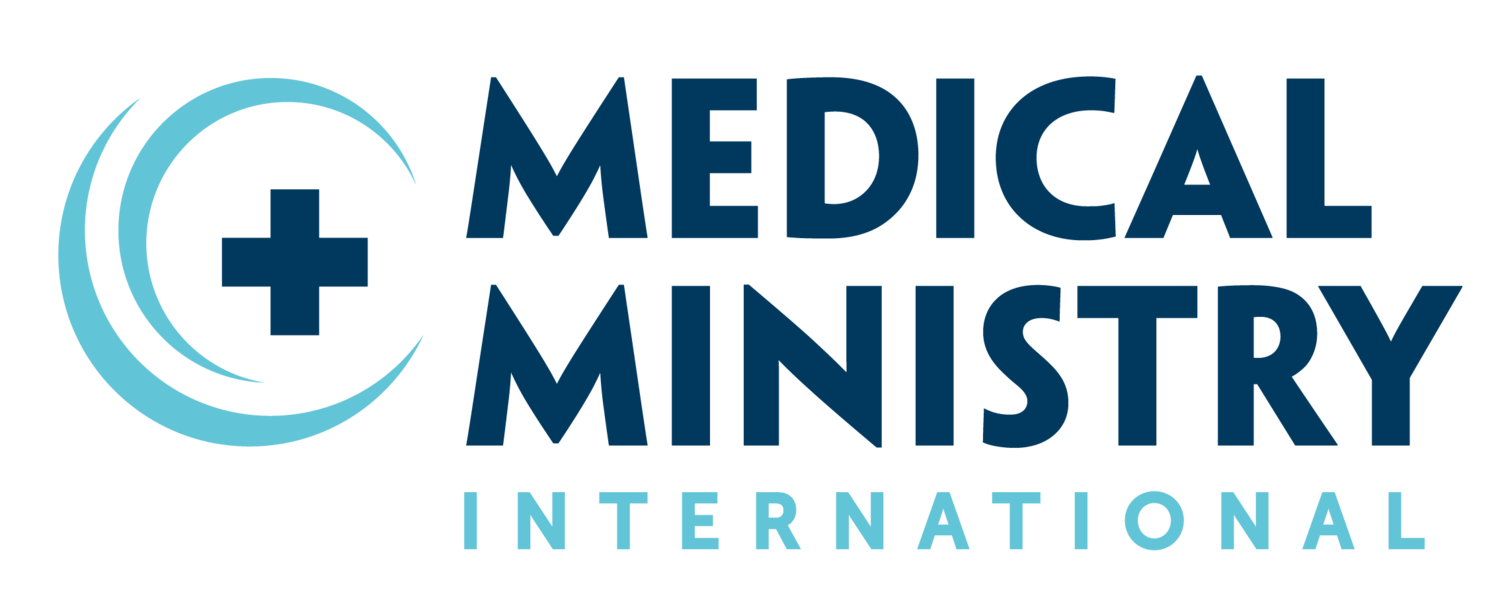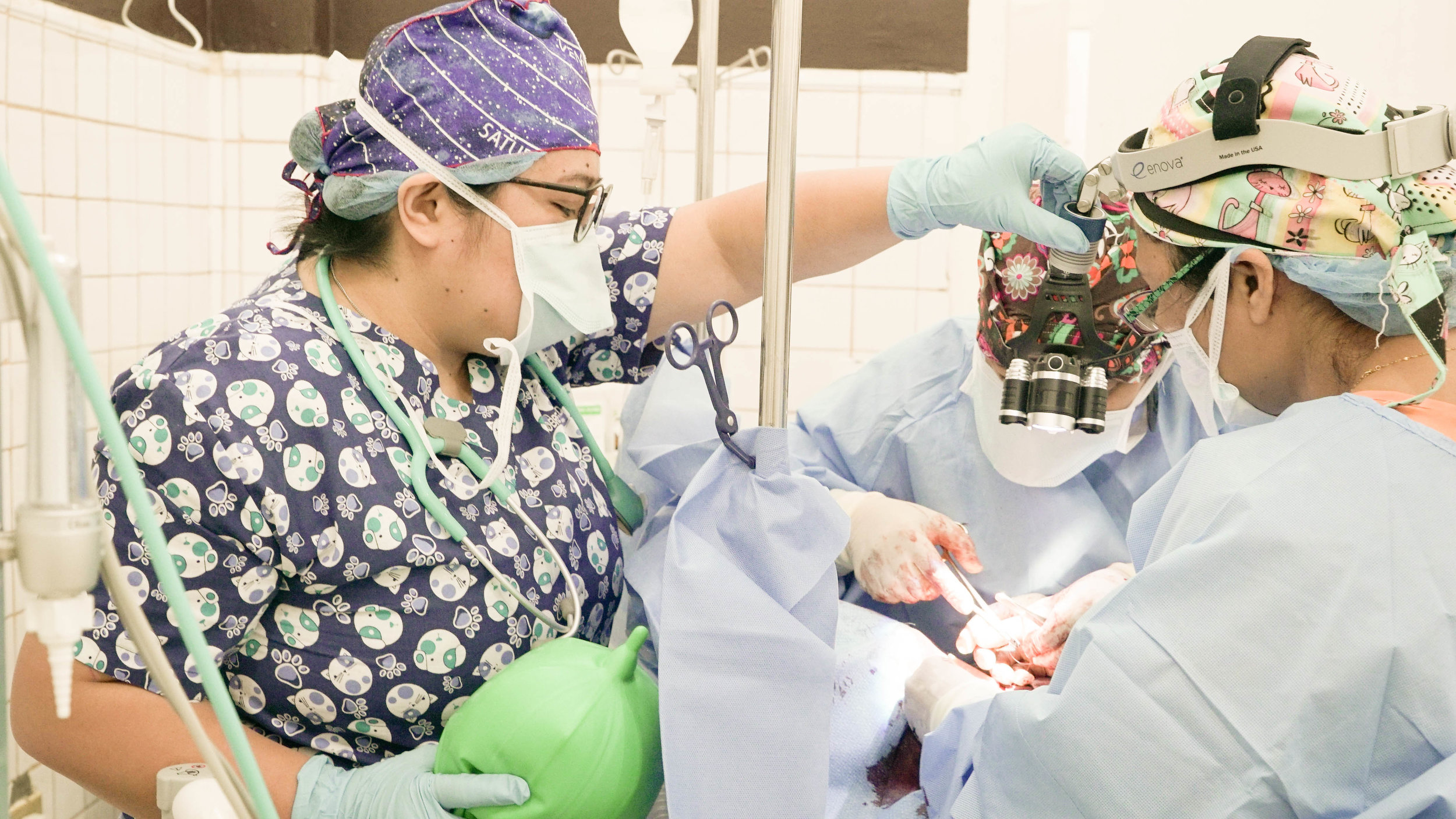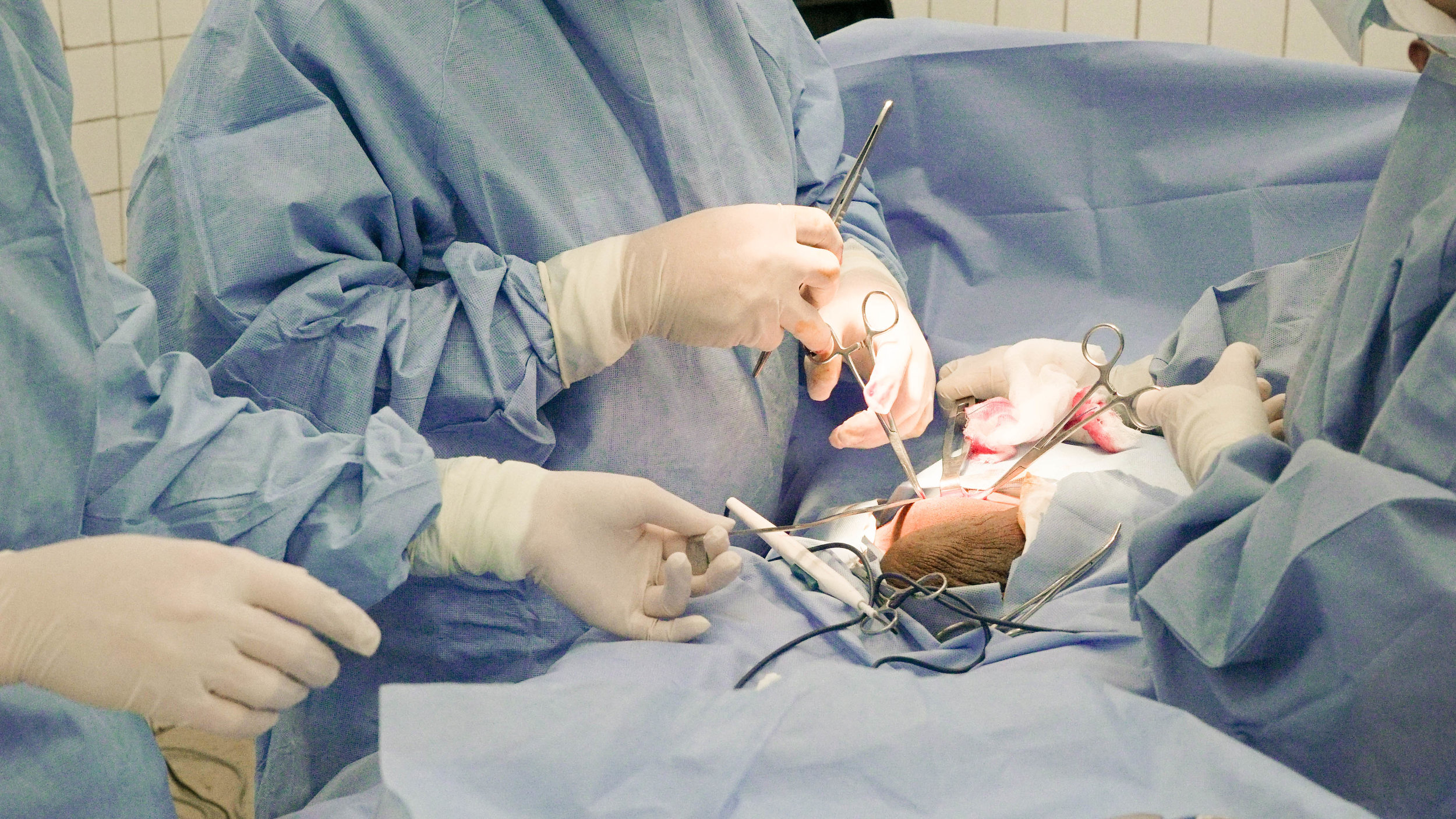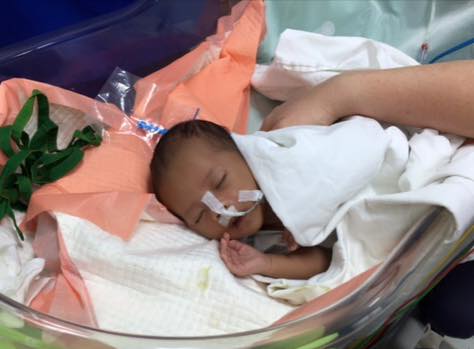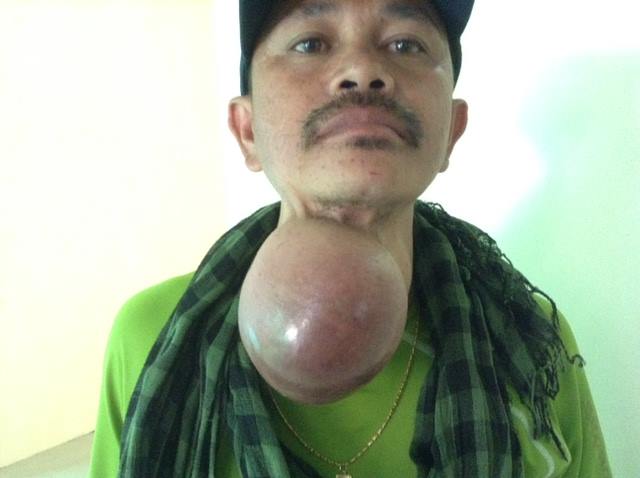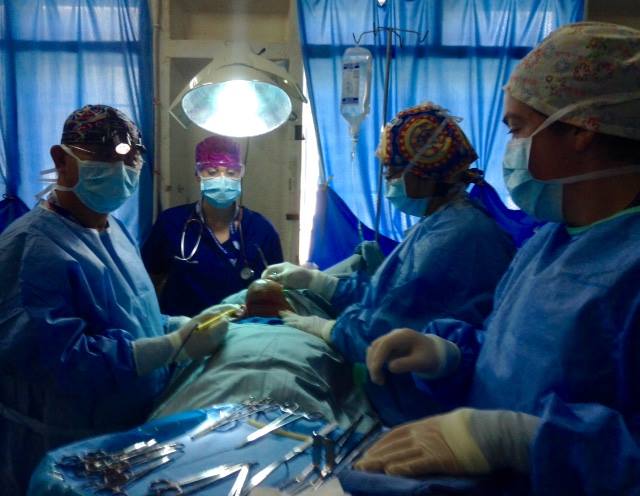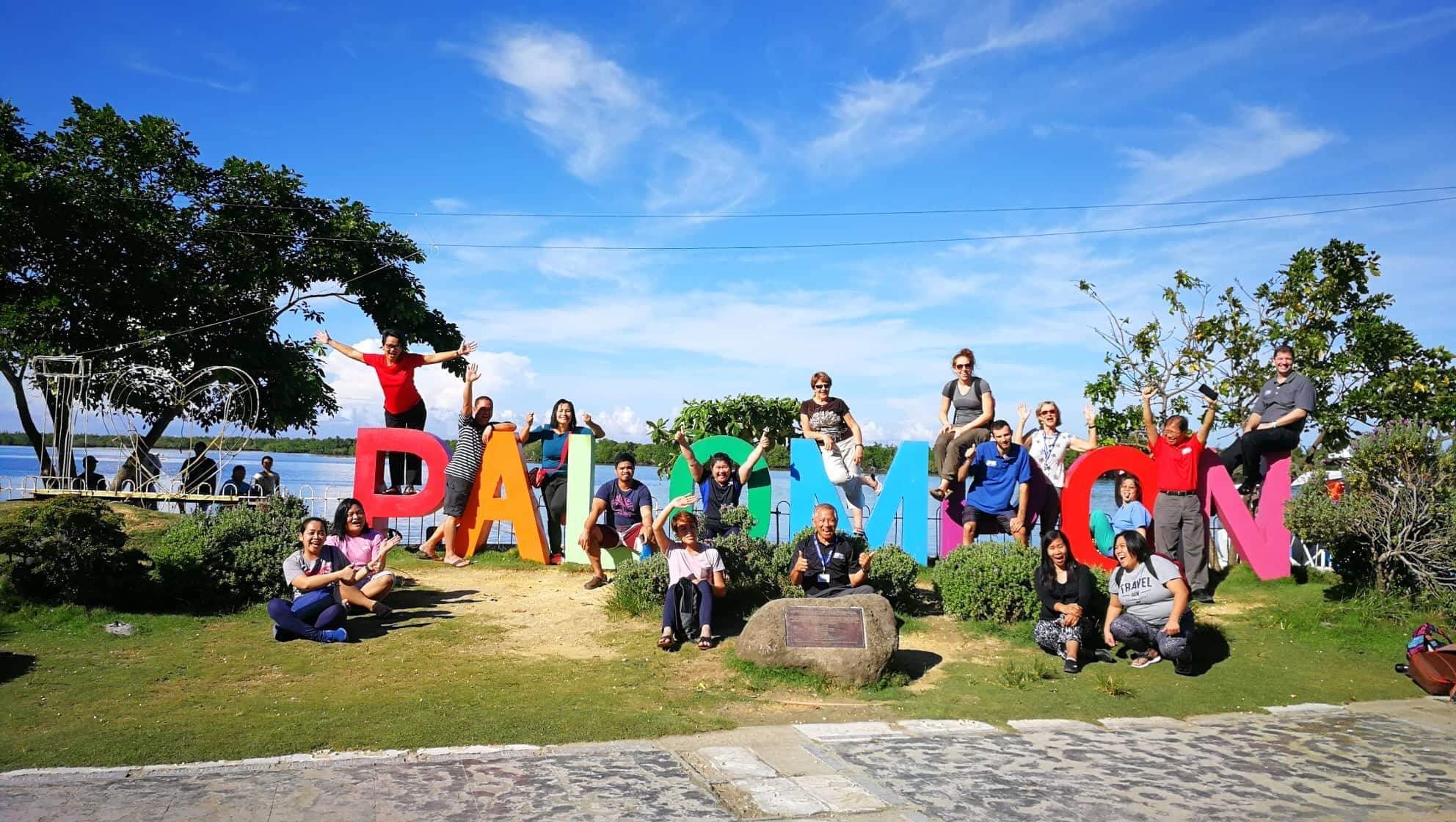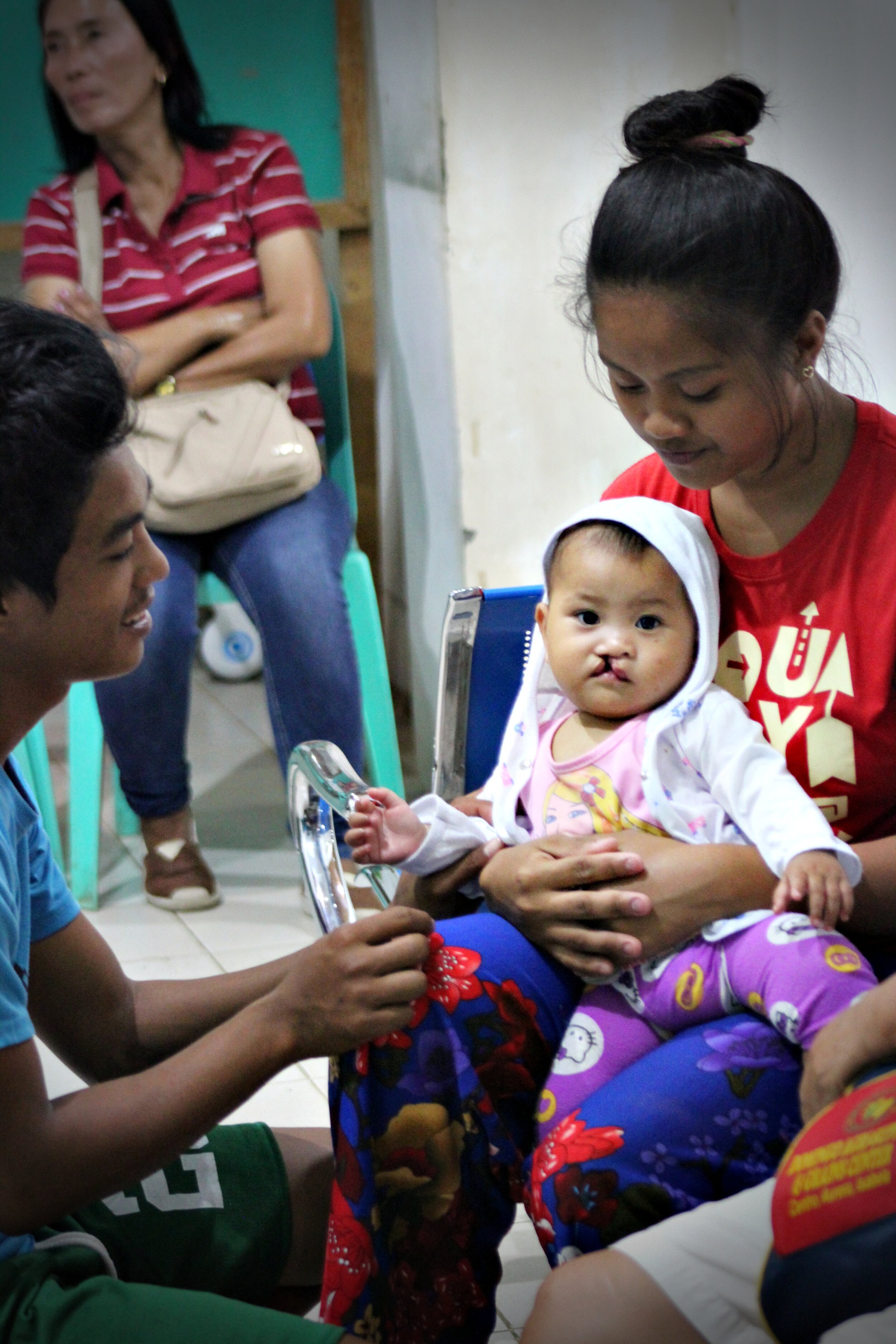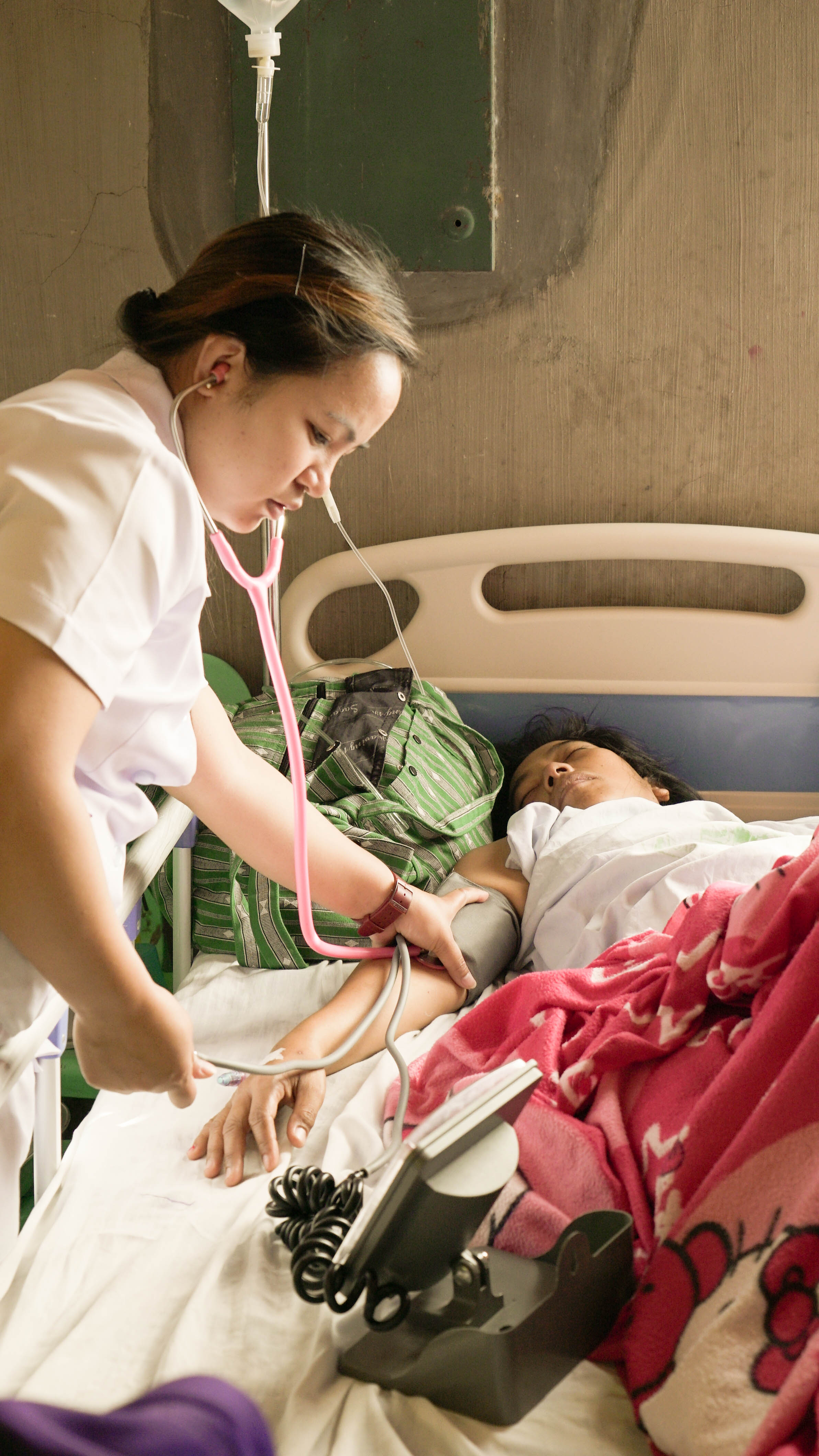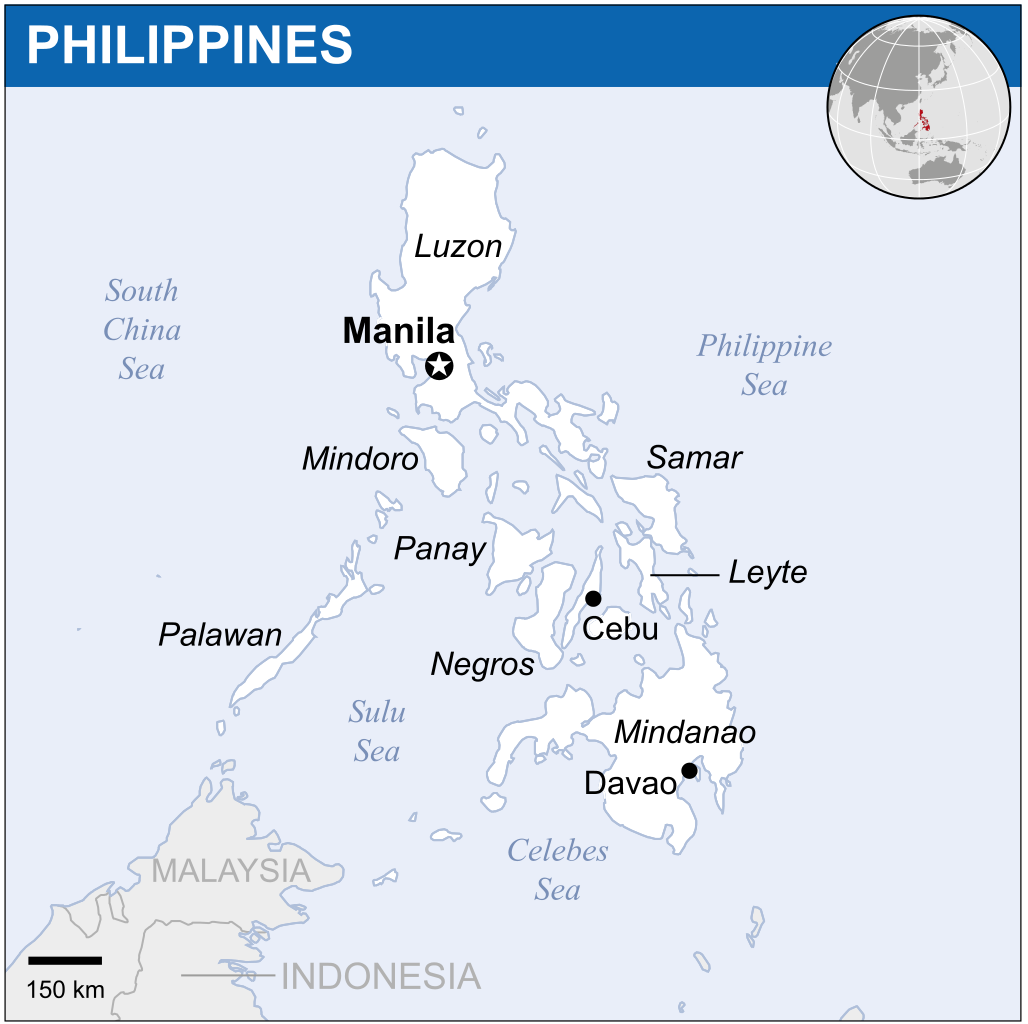Medical Ministry International in Philippines
Medical Ministry International Philippines is one of the focused destinations for our Surgical Teams. Projects are led by longtime MMI Asia Project Director, Dr. Allan Melicor, who has been serving patients with Medical Ministry International teams for over 15 years in various Philippines projects, such as Aguinaldo, Tboli & Palawan, and Aurora & Ifugao. Dr. Allan and the teams have contributed enormously to the patients who need support after one of the most intense tropical cyclones on record, Typhoon Haiyan, hit the Philippines in 2013. Medical Ministry International has had a long-term relationship with Bethel Baptist Hospital in Malaybalay, Bukidnon.
Allan B. Melicor, M.D.
Dr. Allan B. Melicor, pictured left, is a General, Cancer and Laparoscopic Surgeon serving with Medical Ministry International as a Project Director throughout Asia. Allan was trained in the Philippines, U.S.A., U.K., and Japan. He lives with his wife Blessie, an RN, and son Allen Paul in the United States. They were introduced to Medical Ministry International in 1993 when a surgical team went to the Philippines. After volunteering that year, Allan has continued to host projects at the Bethel Baptist Hospital in Bukidnon, Aklan Baptist Hospital, Leyte Baptist Hospital & Leyte Province, Palawan Baptist Hospital and in North and South Palawan, the Tboli Evangelical Clinic and various places in Northern Philippines, as well as in Nepal, Cambodia, Thailand, and Vietnam.
Related to his mission with Medical Ministry International, Dr. Allan Melicor stated:
"We are gathering to show the love of Christ through our words and deeds. As we are representing Jesus to the people, our behavior needs to represent our faith. We ask that you pray in preparation for this project. Please pray that the people we are going to help and our local partners can discover God through the service we will share with them. We will be praying that your preparation and departure from North America to Philippines goes well as we work together to meet the physical and spiritual needs of our neighbors."
Dr. Allan Melicor and the Team - Mission 2 Heal, Philippines, 2016
Patient Stories:
This is Jan, our Philippines project miracle baby. In the photo, he just arrived to our Project Team when he was 27-days-old. He was sent to us by the governor of the province with a non-reducible hernia. He was gravely ill. Had our team not been available, he would likely have not have survived. The closest local surgeon was 5 hours away, the family could not afford to take the baby there. We believe God placed our team at the right place at the right time. He underwent emergency surgery and did very well.
Not only was the surgery difficult due to Jan’s condition, there were also technical difficulties. The power went out in the middle of the surgery! The procedure was completed in the dark using only the light from cell phones and flashlights.
Amazing "before and after" photos show the life changing work of Medical Ministry International for this Philippino man. He is a 45-year-old man who had a goiter that was slowly increasing in size for 14 years. The surgery was successful, and the patient was discharged two days after his surgery.
Medical Ministry International's lead staff in the Philippines, Dr. Allan Melicor, and the team has worked in the Philippines for over 15 years. Serving patients and helping to make their lives healthier and more meaningful is always our ultimate goal!
“FOLLOWING THE TYPHOON HAIYAN’S RESCUE PROJECT
The devastation was total and immense. One town we visited was the town of Tanauan, which had the highest deaths reported at 2,000. 100% of villages destroyed, 100% of homes destroyed, 100% of crops destroyed. The vice mayor, who is also a doctor, brought us to a far-flung coastal village to do medical relief mission. Our team was the first of such help that came to the village. We spent the whole day there, and saw numerous patients with wounds, gave tetanus shots, performed wound care, completed surgery on complex wounds, repaired a woman’s face that been damaged from her nose to her upper lip, treated many with respiratory, skin, and gastrointestinal problems, and so on.
In another location, we pulled out glass splinters from the skull of an elderly woman who was brought in dazed. This occurred at a hospital where we were called to support the medical doctor who had been on duty continuously for four days. At the same hospital, we removed a 4-inch glass splinter from a young woman’s thigh, another from a 16-yr old boy who had difficulty walking due to a piece of glass embedded on his heel. We saw many more patients with infected wounds and scalp lacerations.””
Project Sites:
Travelling on a Project
About Philippines
COUNTRY BACKGROUND
The Philippines, officially the Republic of the Philippines, is a unitary sovereign and archipelagic country in Southeast Asia. Situated in the western Pacific Ocean, it consists of about 7,641 islandsthat are categorized broadly under three main geographical divisions from north to south: Luzon, Visayas, and Mindanao. The Philippines is considered to be an emerging market and a newly industrialized country, which has an economy transitioning from being based on agriculture to one based more on services and manufacturing. The travel and tourism sector is a major contributor to the economy as well.
LOCATION:
Southeastern Asia, archipelago between the Philippine Sea and the South China Sea, east of Vietnam
GEOGRAPHIC COORDINATES:
13 00 N, 122 00 E
MAP REFERENCES:
Southeast Asia
TOTAL AREA:
300,000 km²
BORDER COUNTRIES:
Malaysia in the south-west, Indonesia in the south, and Vietnam in the west, Taiwan, and mainland China to the north
COASTLINE:
36,289 km
MARITIME CLAIMS:
Irregular polygon extending up to 100 nm from coastline as defined by 1898 treaty; since late 1970s has also claimed polygonal-shaped area in South China Sea as wide as 285 nm
CLIMATE:
Tropical marine. It is typically hot and humid.
TERRAIN:
Mostly mountains with narrow to extensive coastal lowlands
ELEVATION EXTREMES
LOWEST POINT:
Philippine Sea - 0 m
HIGHEST POINT:
Mount Apo - 2,954 m
